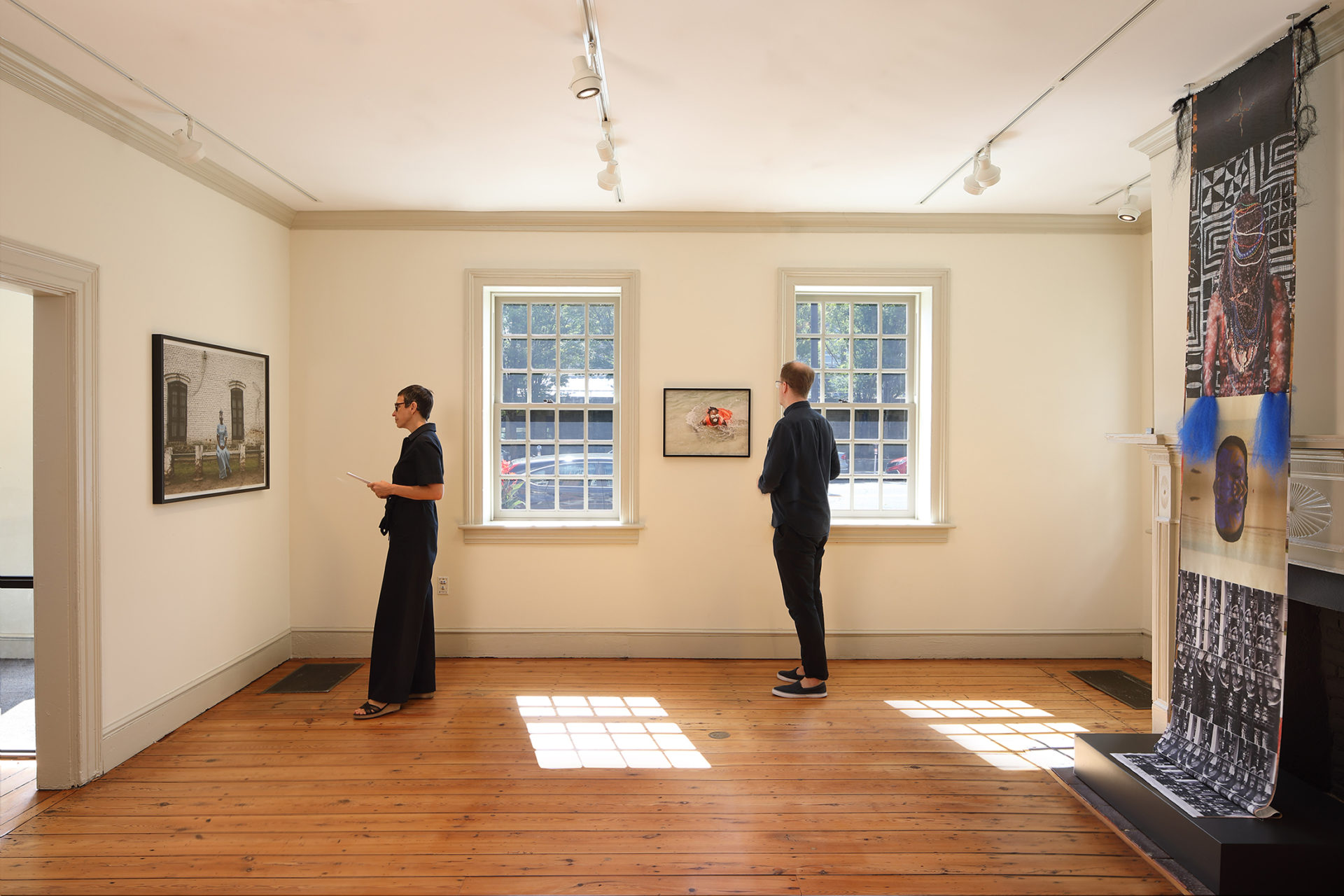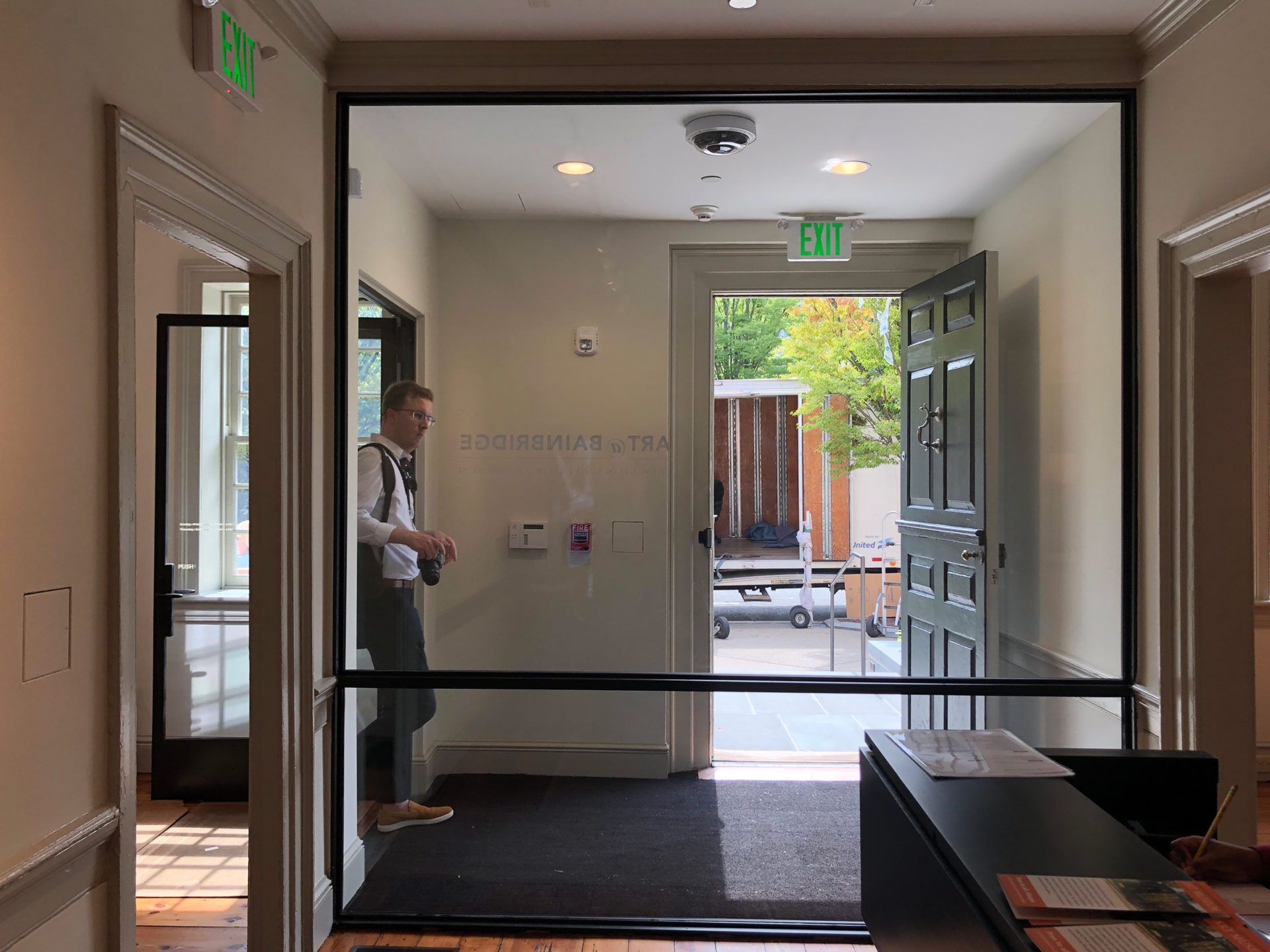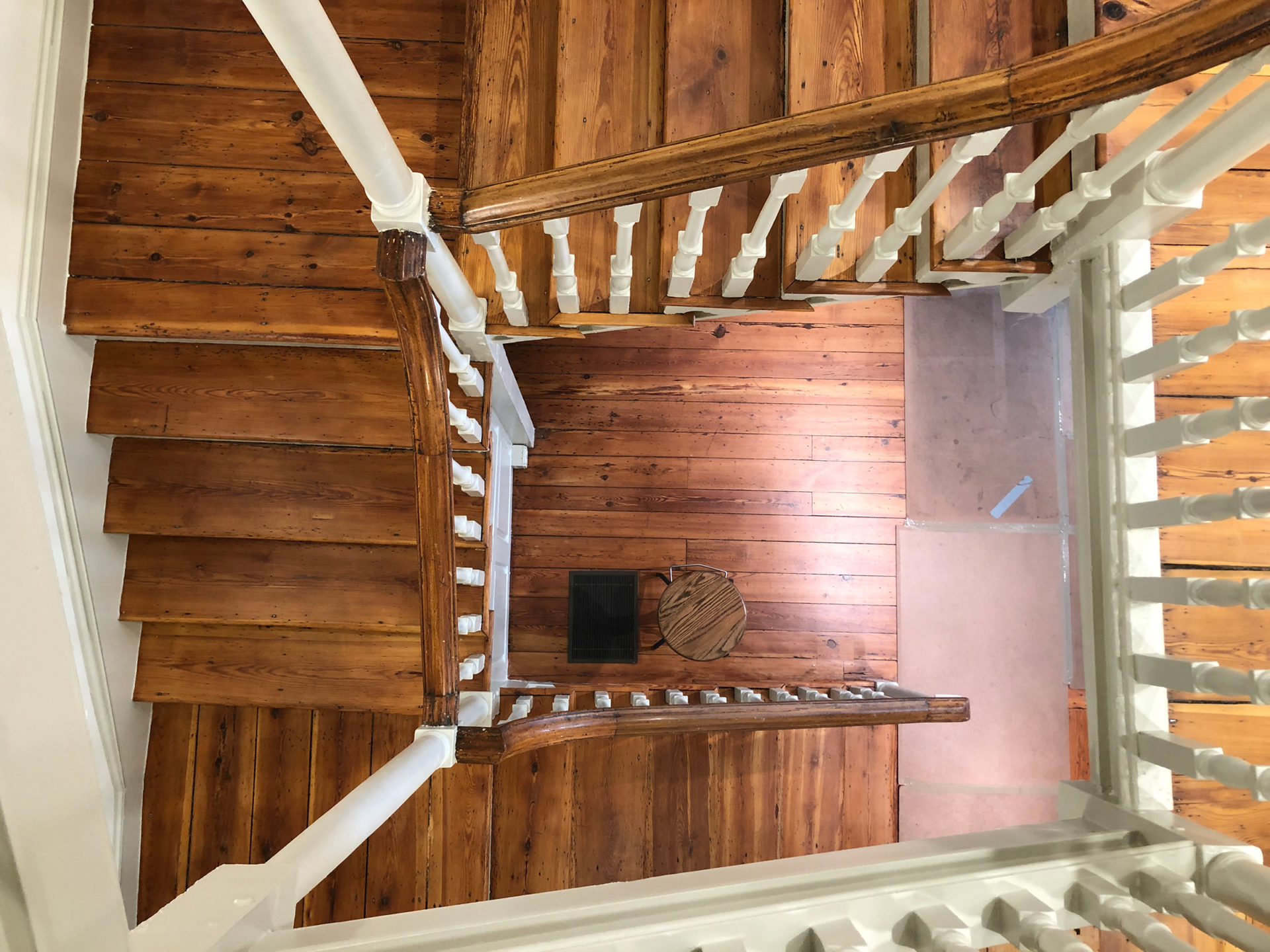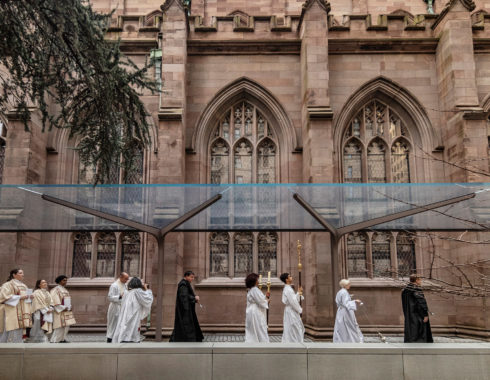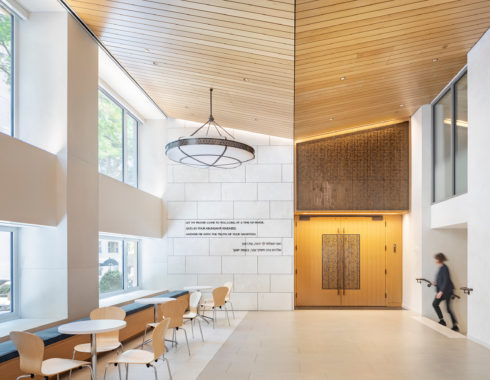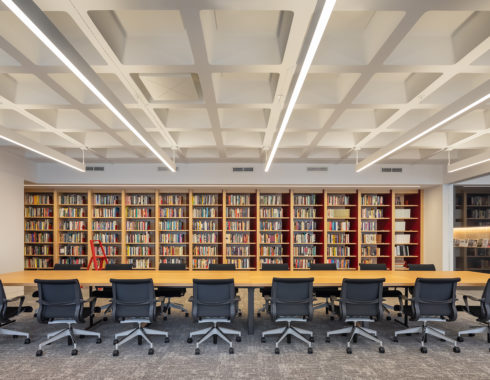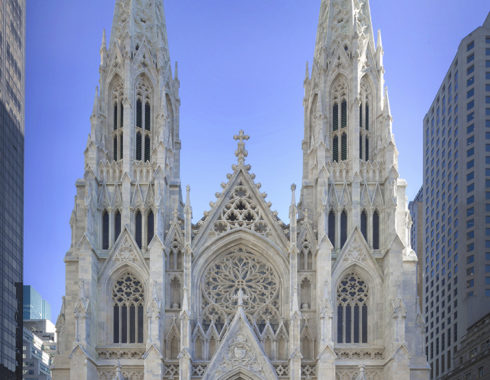Princeton University Art Museum, Art@Bainbridge
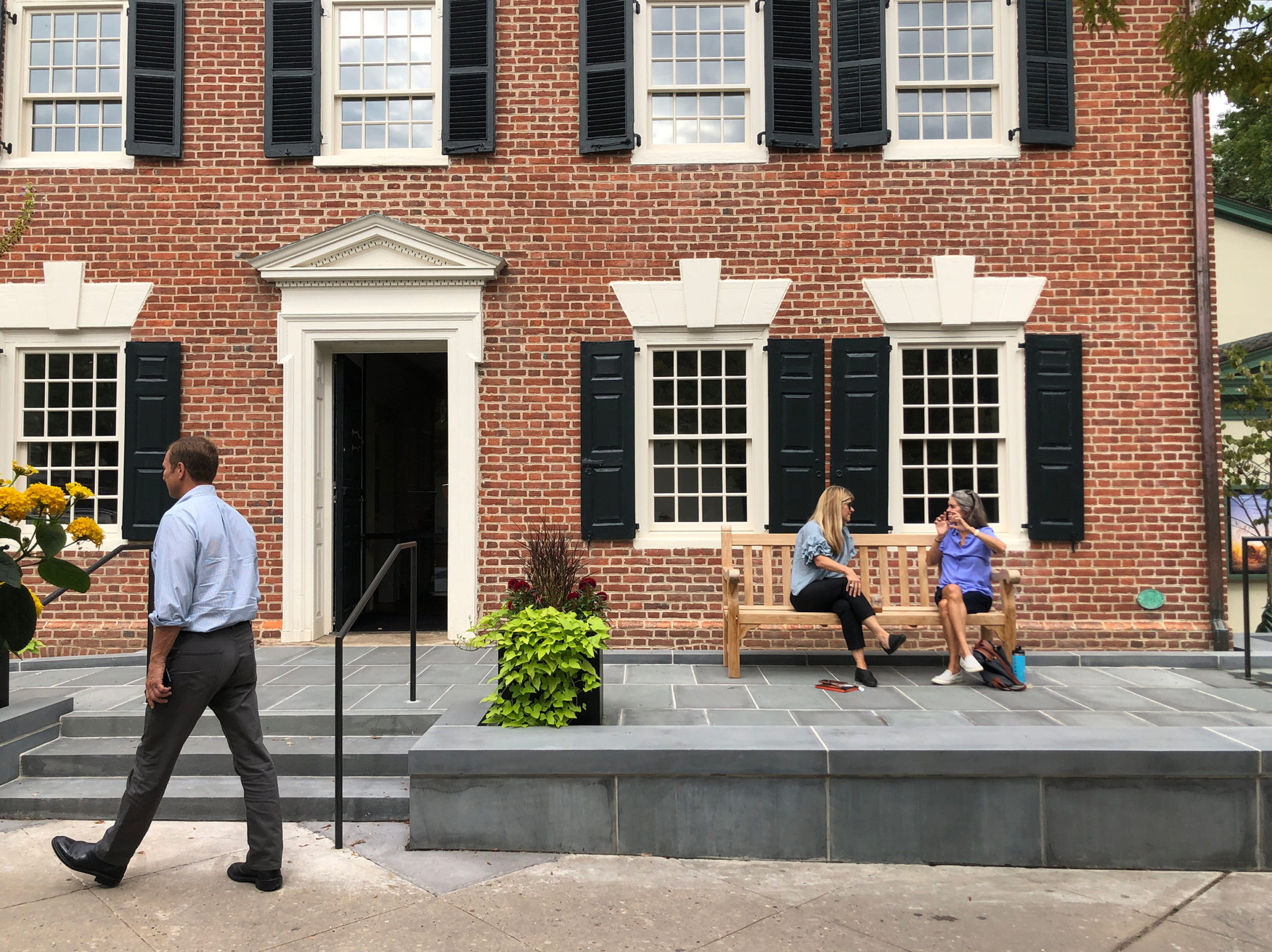
Princeton University Art Museum engaged MBB to restore and transform the historic Bainbridge House into a gallery and public art center called Art@Bainbridge. Located at the northern edge of Princeton’s campus, it offers arts programs and events for diverse audiences.
Because the 250-year old building had single-glazed windows and no insulation, creating a stable and controlled environment for the art was paramount. Using Passive House principles, we strategically incorporated a vapor barrier and insulation in the building’s envelope and installed high performance windows with UV filtered glass.
As part of the adaptive reuse plan, we repurposed the interiors to provide accessible new public space on the first floor, and offices for the art museum’s education department on the second and third floors. We also reimagined the building entrance with an accessible bluestone terrace that wraps the front and side of the building.
